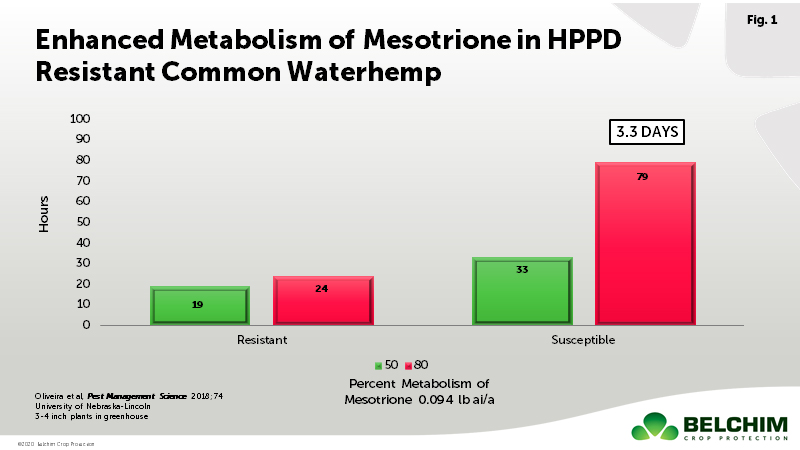Time for Agriculture to Think Bigger on Data
Agriculture generates more data just at a field level than almost any other industry does across its entire supply chain. As such, you’d think the ag sector would be leading the pack on big data, writes Proagrica’s Matt Waits at PrecisionAg.
As we know, the reality is very different.
Despite large scale investments in agtech, and the subsequent creation of a lot of great products and services, I think most would agree we’re still struggling to find industry-wide success when it comes to data.
Integration Friction
So, what is holding us back?
The nature of this industry requires collaboration between input manufacturers, ag retailers, growers, grain merchants, and others. Given that no single company can provide the digital tools for the entire supply chain, integration between systems is key to creating successful outcomes. This is where we continue to fall down as an industry.
Due to a lack of agricultural data standards, integration between market participants remains costly and is prone to error. There is as yet no single source of truth for a grower’s data. It is spread between many systems, some controlled by the grower and some by their trusted advisors. Some are geospatial in nature, others aren’t, and all have different underlying data models.
Moving data between systems is difficult enough, but maintaining synchronicity between them is nearly impossible. Other than in isolated pockets of cooperation, scalable insights that could create supply chain efficiencies and improve grower outcomes are yet to be realized.
Mitigating the Human Factor
The issue of non-standard data is amplified when growers and agronomists are able to enter data manually. What makes sense to the person doing the data entry, can be very different for someone else having to interpret it! For example, the individual that typed ‘RU’ into his software knows which version of Roundup he used, but given that there are around 10 different versions of Roundup, the rest of us will have to guess.
Humans are sloppy, moreover we can be guilty of making assumptions about what data we do or don’t need to enter into the system. It is for this reason that all tech providers to the ag sector need to provide tools with clearly defined data models and we must train users on the value of data completeness.





